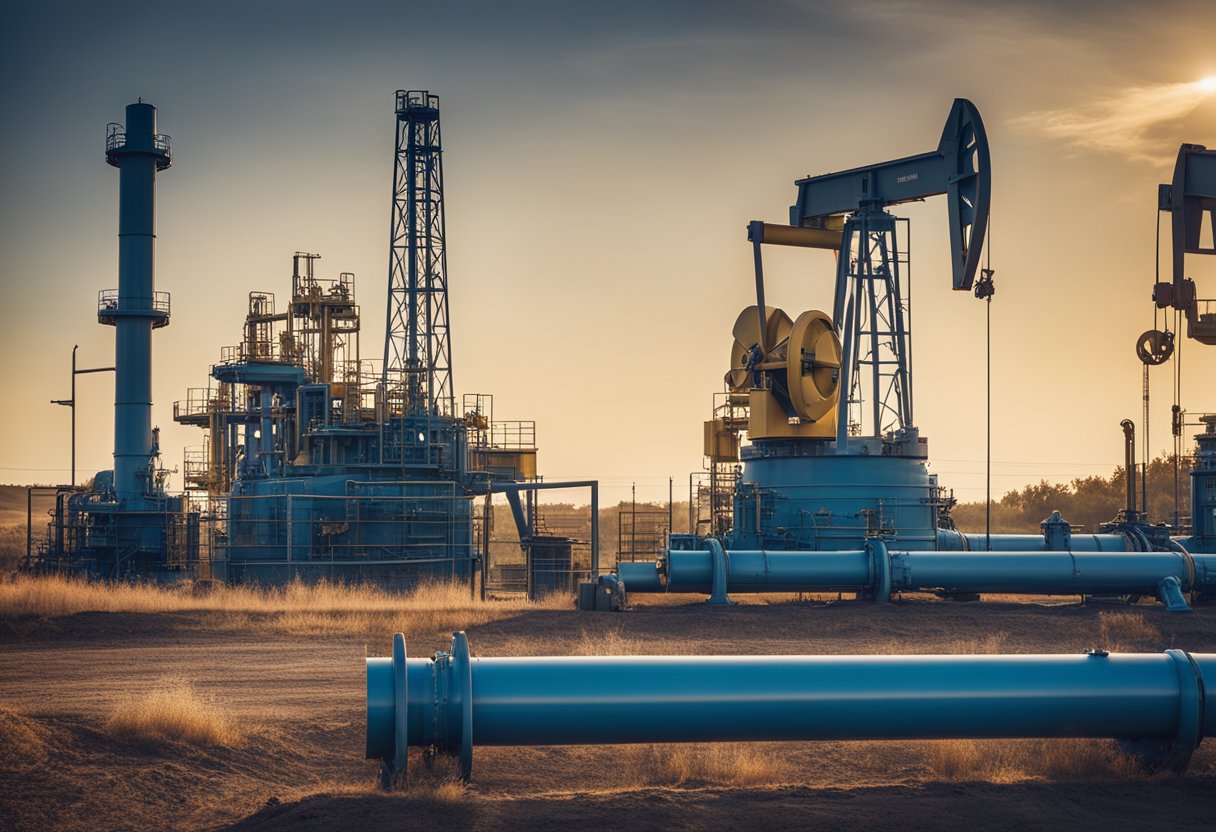When it comes to valuing assets in the oil and gas industry, there are various appraisal methods that can be used. Two of the most common assets that require appraisal are oilfield equipment and pipelines. While both are important components of the industry, they require different methods of appraisal due to their unique characteristics. Understanding the differences between these two methods is crucial to accurately assess the value of these assets.
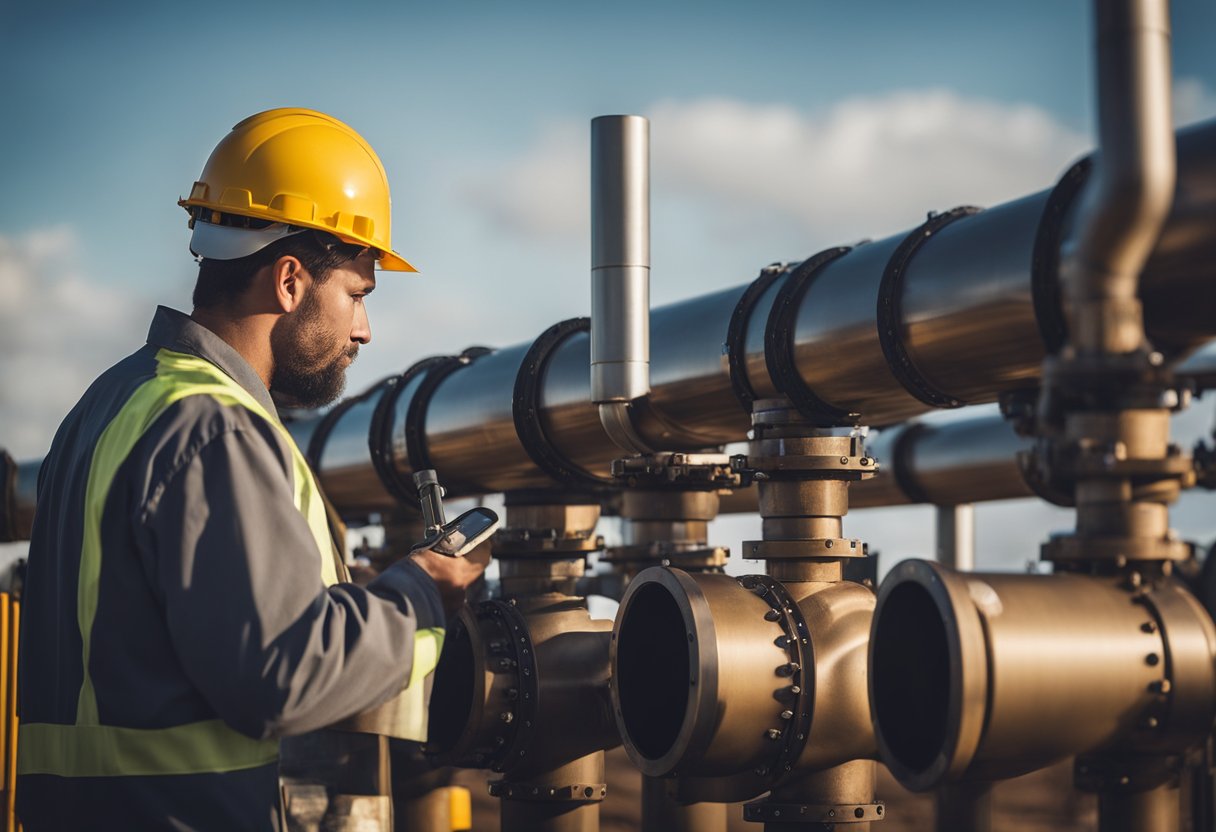
Appraisal methods for oilfield equipment typically involve a cost approach, which considers the cost of the equipment and its depreciation over time. This method is often used for new equipment or when there is a lack of market data. On the other hand, pipelines are appraised using an income approach, which takes into account the revenue generated by the pipeline over time. This method is more appropriate for assets with a long lifespan and a steady income stream.
Comparing the appraisal methods for oilfield equipment and pipelines can help industry professionals determine which method is best suited for their specific needs. By understanding the unique characteristics of each asset and the corresponding appraisal method, professionals can more accurately assess the value of their assets and make informed decisions about their operations.
Understanding Appraisal Methods

When it comes to valuing oilfield equipment and pipelines, there are several appraisal methods to choose from. Each method has its own strengths and weaknesses, and the best choice depends on the specific circumstances of the asset being valued.
Market Approach
The market approach to appraisal is based on the principle of supply and demand. It involves comparing the asset being valued to similar assets that have recently been sold in the same market. By analyzing the sales prices of these comparable assets, appraisers can estimate the fair market value of the asset in question.
Income Approach
The income approach to appraisal involves estimating the future income that the asset is expected to generate. This is typically done by analyzing the asset’s historical revenue and projecting future revenue based on trends in the industry. The appraiser will also consider factors such as demand, technology, and capital expenditure when making their projections.
The two most common variations of the income approach are EBITDA (Earnings Before Interest, Taxes, Depreciation, and Amortization) and EBITDAX (Earnings Before Interest, Taxes, Depreciation, Amortization, and Exploration expenses). EBITDA is a measure of the company’s operating performance, while EBITDAX includes exploration expenses as well.
Asset Approach
The asset approach to appraisal involves estimating the value of the asset based on its underlying assets and liabilities. This approach is typically used when the asset being valued is not generating significant income, or when there are no comparable assets available for comparison.
The most common variation of the asset approach is the discounted cash flow method. This method involves estimating the net present value of the asset based on its expected future cash flows. Appraisers will also consider factors such as the asset’s book value and its place on the balance sheet when making their estimates.
Overall, each appraisal method has its own strengths and weaknesses, and the choice of method will depend on the specific circumstances of the asset being valued. By using a combination of these methods and relying on models and guidelines from comparable companies, appraisers can arrive at a fair value for the asset in question.
Appraisal of Oilfield Equipment
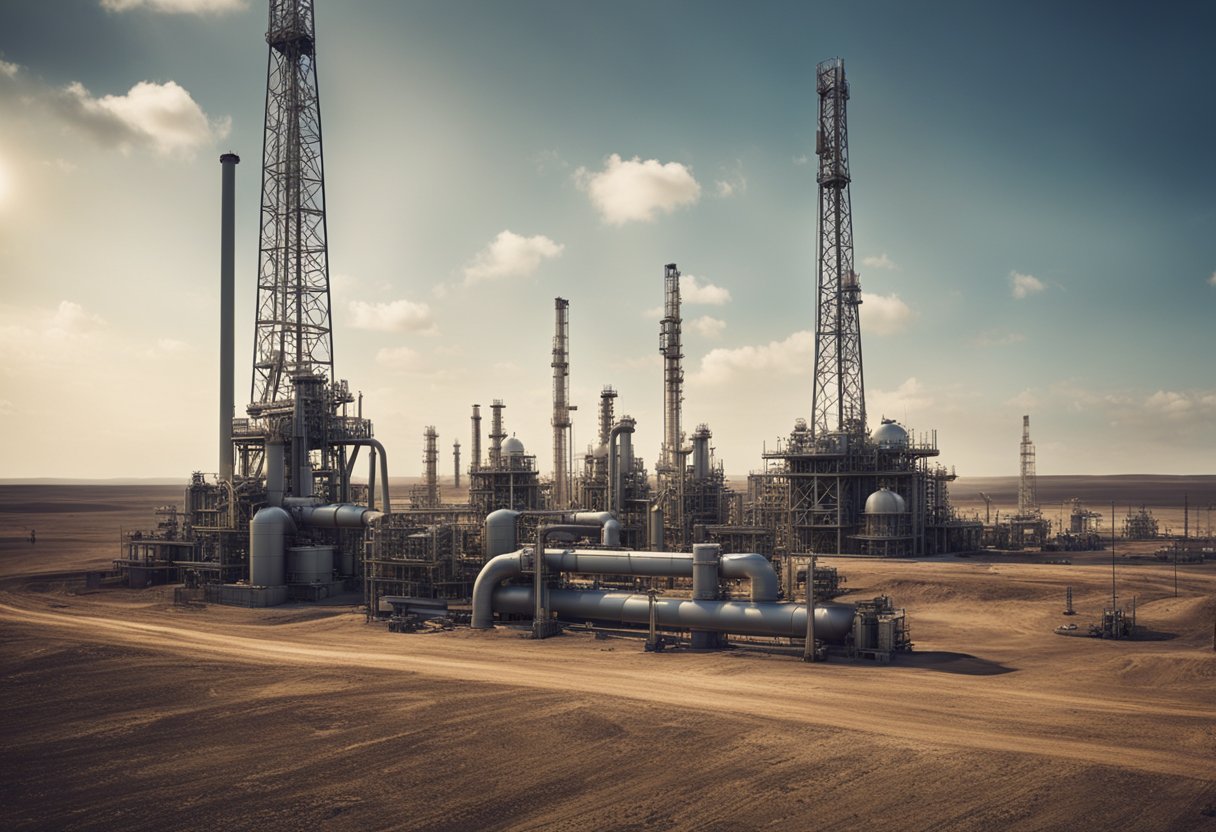
When it comes to appraising oilfield equipment, there are several factors that must be taken into consideration. These include the age and condition of the equipment, the valuation of specific equipment, and the role of manufacturers.
Consideration of Age and Condition
Age and condition are two of the most important factors when it comes to appraising oilfield equipment. Older equipment may have a lower value due to wear and tear, while newer equipment may have a higher value due to its condition. In addition, the useful life of the equipment must be taken into account. This can be determined by looking at maintenance records and the history of the equipment.
Valuation of Specific Equipment
Different types of equipment in the oil and gas industry have different values. For example, tanks and wellheads may have a different value than machinery used for field development. It is important for an equipment appraiser to have knowledge of the oilfield services industry to properly value the equipment.
Role of Manufacturers
The role of manufacturers is also important when it comes to appraising oilfield equipment. Manufacturers may have a specific replacement cost for their equipment, which can be used as a benchmark for appraisal. In addition, some manufacturers may have a higher or lower value based on their reputation and the quality of their products.
Overall, appraising oil and gas assets requires a thorough understanding of the industry and the equipment being appraised. By taking into account the age, condition, and specific valuation of the equipment, as well as the role of manufacturers, an accurate appraisal can be made.
Appraisal of Pipelines
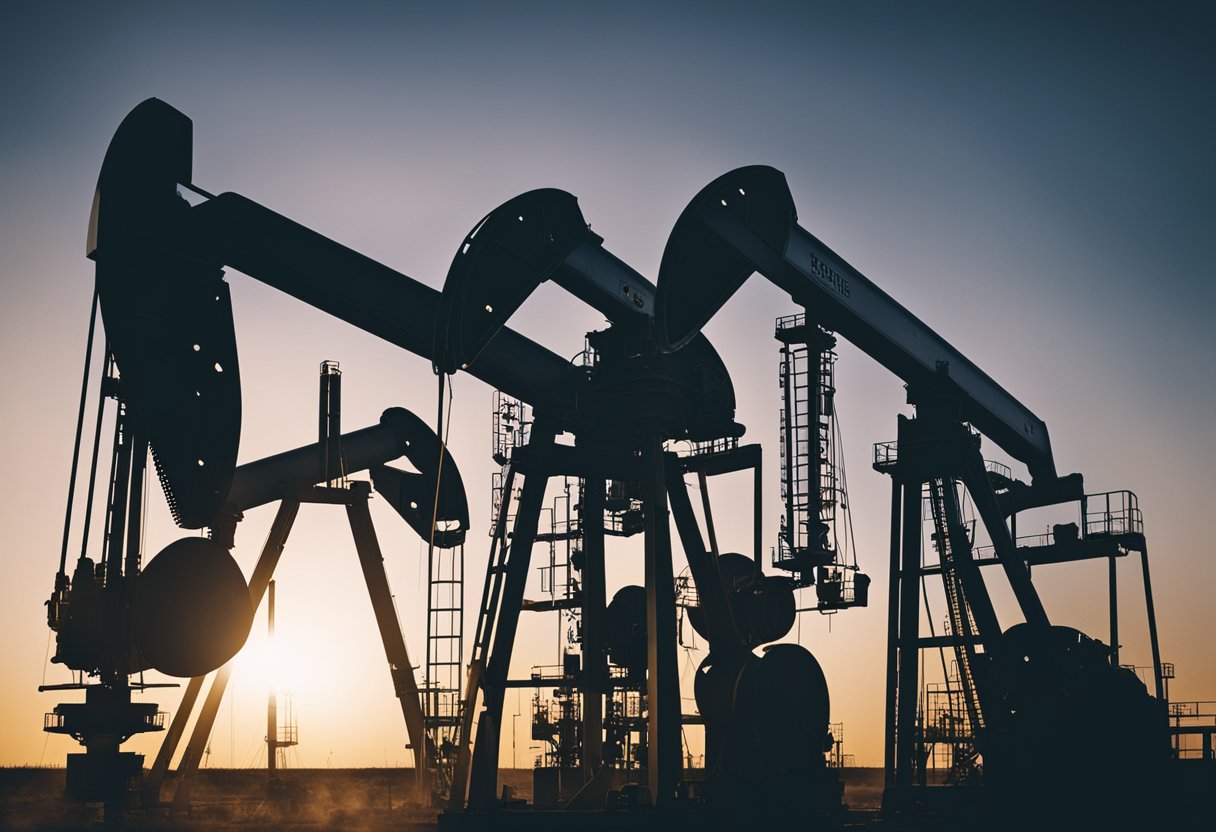
Influence of Market and Industry
The market and industry play a significant role in the appraisal of pipelines. The value of pipelines depends on the demand for oil and gas in the market. If the demand for oil and gas is high, the value of pipelines will also be high. On the other hand, if the demand for oil and gas is low, the value of pipelines will be low. The industry also influences the appraisal of pipelines. For instance, the midstream sector of the oil and gas industry is responsible for transporting oil and gas from the exploration and production (E&P) companies to the downstream sector. The value of pipelines in the midstream sector is determined by the contracts between E&P companies and midstream companies.
Consideration of Source and Destination
The source and destination of pipelines are important factors in the appraisal process. The value of pipelines is influenced by the location of the source and destination. For instance, pipelines that transport oil and gas from offshore locations to onshore locations are more expensive to build and maintain than pipelines that transport oil and gas within onshore locations. The distance between the source and destination of pipelines also affects their value. The longer the distance, the higher the value of the pipelines.
Impact of Operating Expenses
Operating expenses also play a significant role in the appraisal of pipelines. The operating expenses of pipelines include maintenance costs, transportation costs, and other expenses associated with the operation of pipelines. The value of pipelines is inversely proportional to their operating expenses. The higher the operating expenses, the lower the value of pipelines. Therefore, it is important to consider the operating expenses of pipelines when appraising them.
In conclusion, the appraisal of pipelines is influenced by various factors such as the market, industry, source, destination, and operating expenses. Appraisers need to consider these factors when appraising pipelines to ensure that they arrive at an accurate value. National Oilwell Varco is one of the companies that provide appraisal services for pipelines.
Comparative Analysis: Oilfield Equipment vs. Pipelines
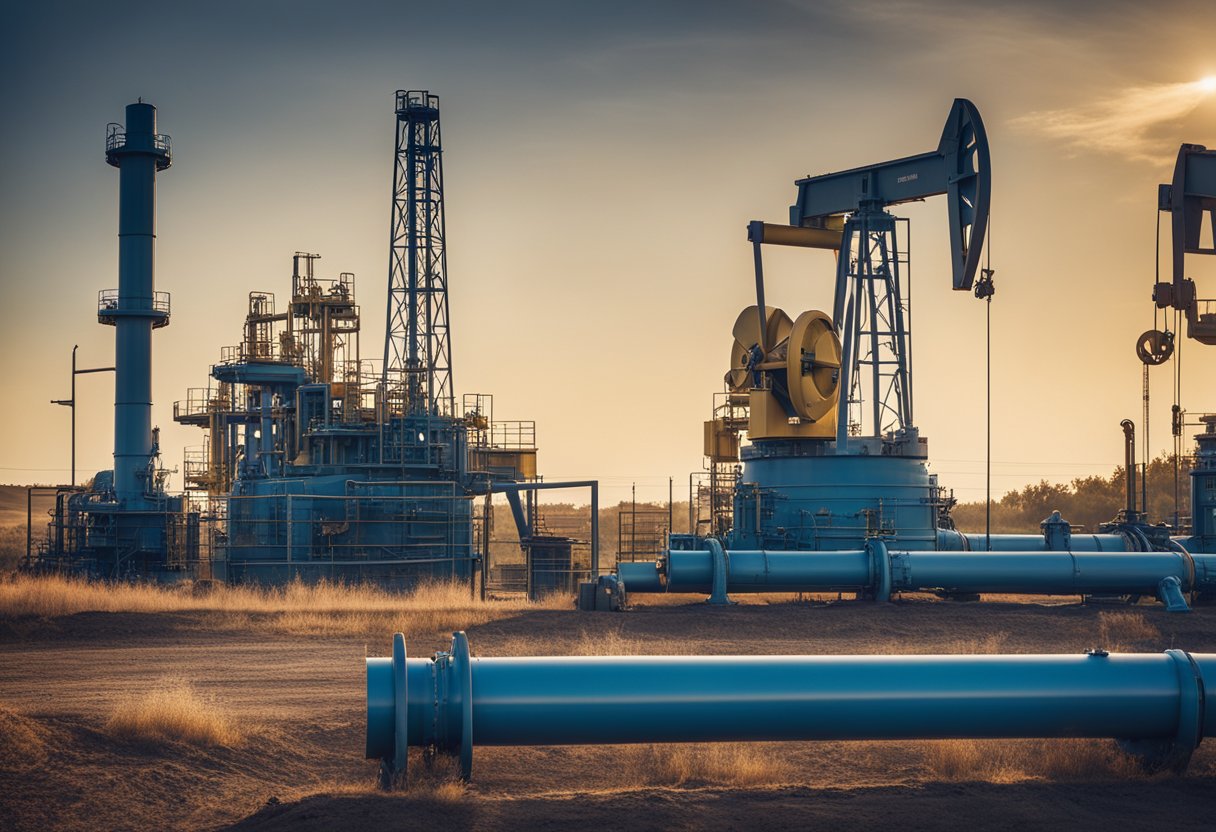
Comparison Based on Hydrocarbon Type
When comparing the appraisal methods of oilfield equipment and pipelines, one important factor to consider is the type of hydrocarbon being transported or processed. Pipelines are commonly used for the transportation of crude oil, natural gas, and natural gas liquids, while oilfield equipment is used for the production and processing of these hydrocarbons.
The value of pipelines can be affected by the type of hydrocarbon being transported, as different types of hydrocarbons have different transportation requirements and costs. For example, transporting natural gas through pipelines requires specialized equipment and infrastructure, which can impact the value of the pipeline.
Influence of Economic Factors
Another important factor to consider when comparing appraisal methods is the influence of economic factors. The value of oilfield equipment and pipelines can be heavily influenced by economic conditions, such as fluctuations in oil and gas prices, changes in supply and demand, and geopolitical events.
In addition, the management and inventory of oilfield equipment and pipelines can also be affected by economic factors. For example, during times of economic downturn, oil and gas companies may reduce their inventory of equipment and pipelines, which can impact their value.
Impact of Technological Advancements
Finally, technological advancements can also have an impact on the appraisal methods of oilfield equipment and pipelines. For example, advancements in enhanced oil recovery techniques can increase the value of oilfield equipment by allowing for the recovery of previously inaccessible reserves.
Similarly, advancements in pipeline technology, such as the use of smart sensors and monitoring systems, can increase the value of pipelines by improving their safety and efficiency.
Overall, when comparing the appraisal methods of oilfield equipment and pipelines, it is important to consider factors such as the type of hydrocarbon being transported or processed, economic conditions, and technological advancements. By taking these factors into account, appraisers can provide accurate and reliable valuations for both oilfield equipment and pipelines.

